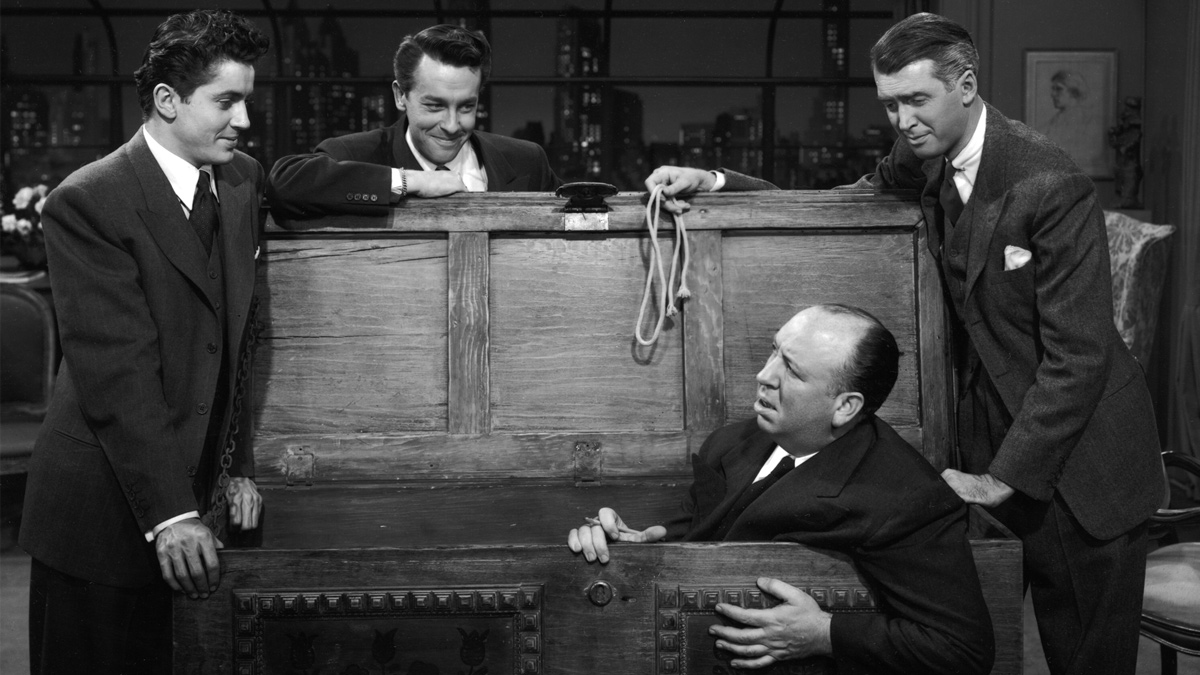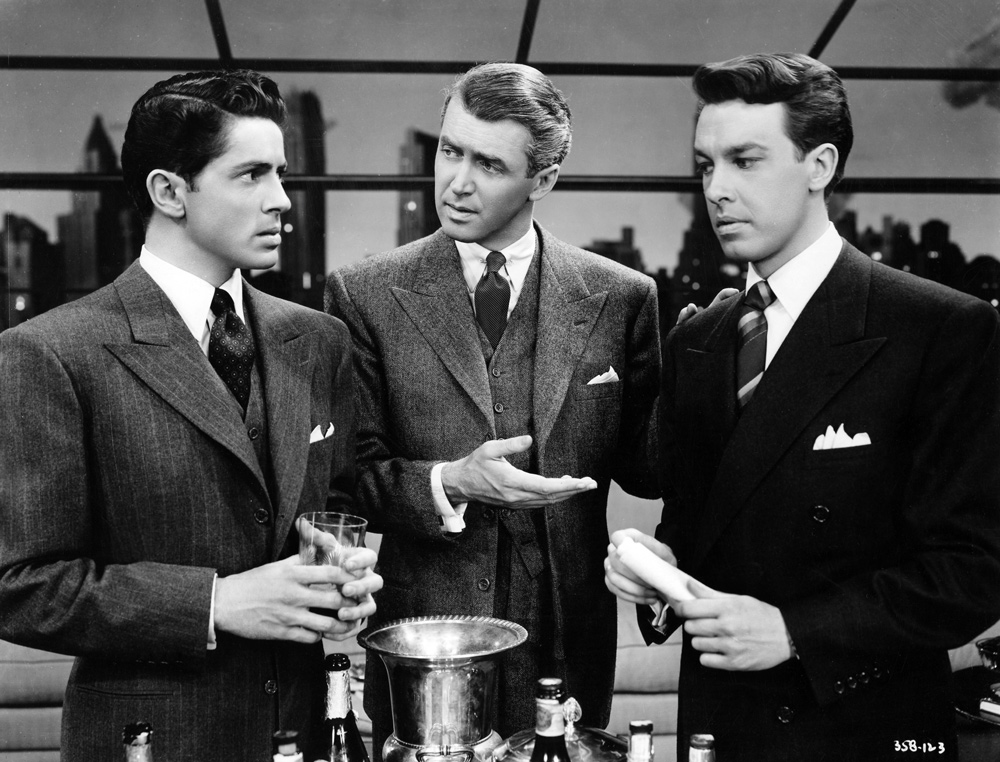
(c) Photofest / Getty Images
"Rope" Hitchcock's transcendent skill demonstrated in one scene and one cut
2023.05.02
“Making a movie that kills is a creative force.”
Rope reportedly has a hidden subtext: "Brandon and Phillip are in a homosexual relationship." The play clearly depicts the pair as homosexual, as Leopold wrote a letter claiming that he and Loeb were in a homosexual relationship. Furthermore, John Dole, who played Brandon, Farley Granger, who played Philip, and screenwriter Arthur Laurents are also believed to have been gay (or bisexual).
It is well known that Nagaharu Yodogawa once pointed out that Tom The Talented Mr. Ripley (Alain Delon) in " Purple Noon " (1960) was homosexual. But to be honest, to my point of view, I don't really get that point, not only in " Purple Noon " but also in "Rope". At least, Hitchcock did not choose to make homosexual themes a background theme. He may have thought that adding that nuance would muddy the sharpness of the straightforward suspense to some extent.
For the gods of suspense, the focus should always be on the murder itself, not the character's background. There is a scene in the movie where Brandon says, ``The power to kill is the power to create.'' I think this is Hitchcock's own belief that ``making a movie that kills is a creative force.''

"Rope" (c)Photofest / Getty Images
``Rope'' is undoubtedly an epoch-making experimental work in film history. However, Mr. Hitchcock himself does not seem to like this work very much.
``When I look back and think about it now, I feel even more that it was a meaningless and crazy idea.Because forcing a one-shot shoot like that was a no-brainer. It was nothing short of denying my own theory that the secret to truly telling a story visually is through cuts and montages.'' (*)
The belief that ``the secret to truly telling a story visually is through cuts and montages'' has been followed since `` The Strangers on a Train '' (51), `` Rear Window '' (54), `` Vertigo '' (58), and `` North by Northwest' '. It was put into practice in numerous masterpieces such as `` Take Your Course '' (59) and `` Psycho '' (60). Hitchcock's great career may not have been possible without Rope.
*“Teiban Film Technique Hitchcock/Truffaut” Shobunsha
Text: Rui Takeshima
A pop culture writer who wants to be kicked by Hit Girl. Host of the web magazine "POP MASTER".
(c) Photofest / Getty Images

